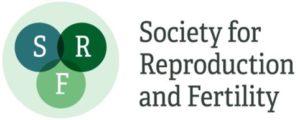About the Project
Supervisors:
Professor Paul Fowler – University of Aberdeen, Institute of Medical Sciences – p.a.fowler@abdn.ac.uk
Professor Rod Mitchell – Edinburgh, Queens Medical Research Institute, MRC Centre for Reproductive Health – rod.mitchell@ed.ac.uk
Over recent decades understanding about sex differences in all aspects of body function has strengthened. Indeed, the COVID-19 pandemic illustrates this with a 2:1 mortality ratio between men and women. The main sex differences are: (1) sexual dimorphism, differences in size and form, excluding genitalia, between sexes; (2) organs that are fundamentally different between the sexes, such as gonads; (3) developmental and functional differences, such as sex differences in metabolism and efficacy of medicinal drugs. Understanding fundamental sex differences in organs of the same developmental origin between the sexes, such as the liver, is key to understand biological mechanisms behind normal physiology and lifelong health. One organ that shows strong divergence between the sexes early in development is the genital tubercle, which in males gives rise to the penis and in females to the clitoris. In humans, canonical and back-door androgens (DOI: 10.1371/journal.pbio.3000002) are important in driving penis development but non-androgen pathways are important in development of both sexes (DOI: 10.1016/j.diff.2019.07.005 ). Furthermore, genital tubercles of both sexes express androgen and estrogen receptors while estrogen levels are high in male and female human fetuses.
The aim of this PhD is to understand the mechanisms behind sex-specific development of the human genital tubercle and use that information to identify mechanisms behind sex differences in the liver and other critical organs.
For full details please click here

